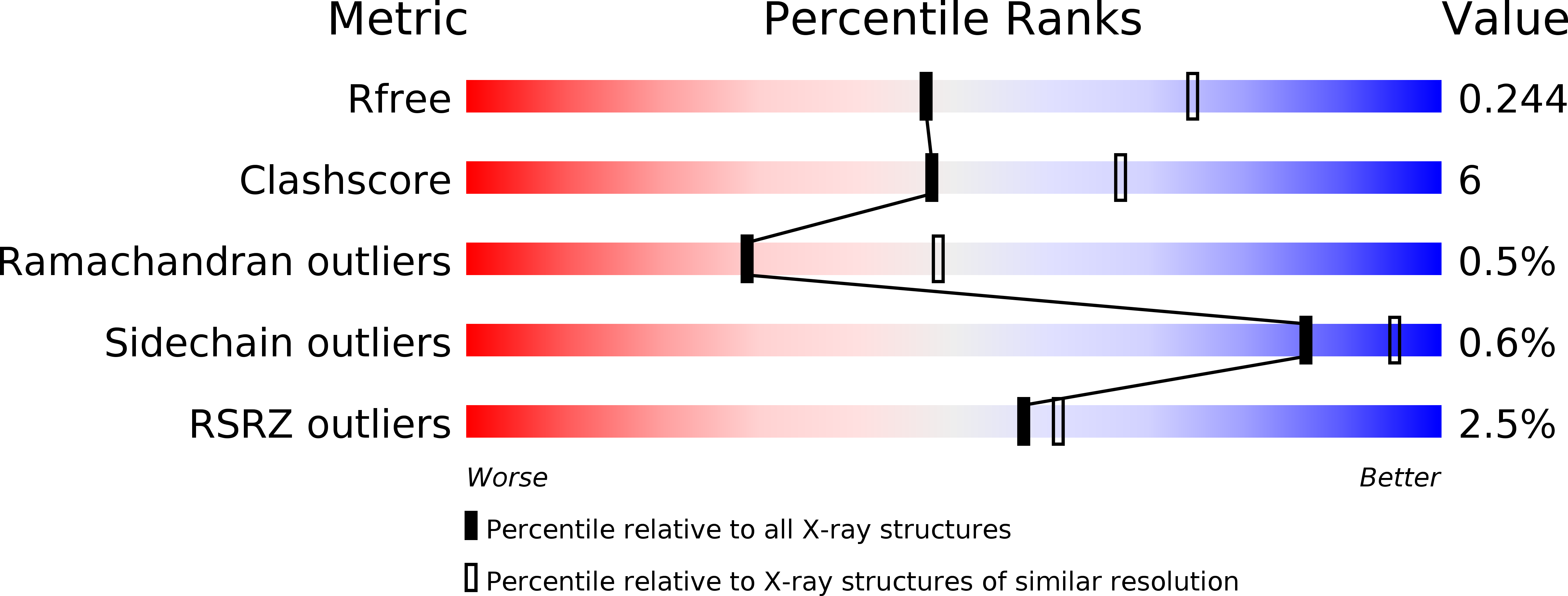
Deposition Date
2015-02-04
Release Date
2015-11-04
Last Version Date
2024-01-10
Entry Detail
Biological Source:
Source Organism:
PELOSINUS FERMENTANS DSM 17108 (Taxon ID: 1122947)
Host Organism:
Method Details:
Experimental Method:
Resolution:
2.50 Å
R-Value Free:
0.24
R-Value Work:
0.19
R-Value Observed:
0.19
Space Group:
P 41 21 2


